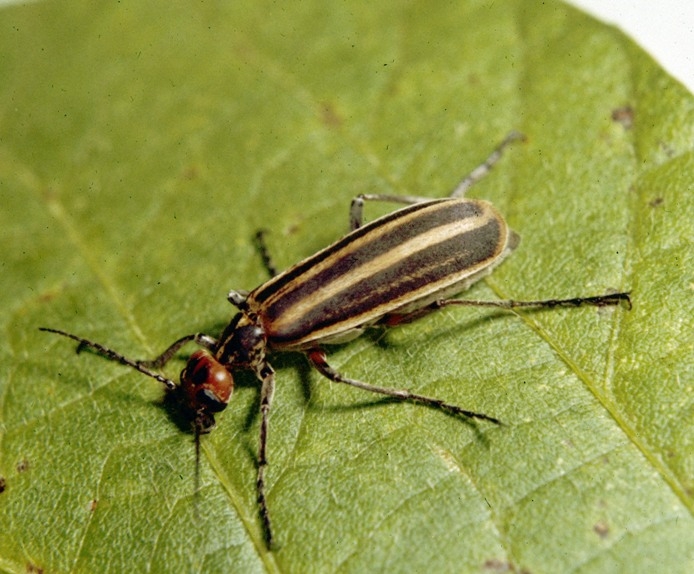Society of Toxicology (SOT) member research this week outlined some potential new methods for toxicology testing, while others found cause for concern regarding formaldehyde and BPA.
SOT Member Research
A review and assessment of available formaldehyde research led a National Academy of Sciences committee, consisting of five SOT members, to confirm the National Toxicology Program’s listing of formaldehyde as “known to be a human carcinogen.”
Alongside colleagues, Scott S. Auerbach and David H. Sherr have published new research in PLosONE, suggesting that toxicogenomics can be used to predict a chemical’s likelihood to cause cancer much quicker than the two-year rodent bioassay currently employed.
Examining whether there are thresholds for adverse cellular responses in in vitro testing, Qiang Zhang, Sudin Bhattacharya, Rory B. Conolly, Harvey J. Clewell III, Norbert E. Kaminski, and Melvin E. Andersen found that “integral feedback, feedforward, and transcritical bifurcation motifs can generate thresholds.” Their research is published in Environmental Health Perspectives.
SOT Members in the News
 Tim Evans recently joined his colleagues at the University of Missouri Extension in warning horse owners and lovers about the danger posed by striped blister beetles (pictured right, photo credit: Clemson University—US Department of Agriculture (USDA) Cooperative Extension Slide Series, Bugwood.org). The beetle—which can be found in alfalfa, soybean, and weed patches, among other places, in the late summer—releases a compound called cantharidin that can remain toxic in alfalfa for up to four or five years after harvesting. While horses would have to consume at least 25 beetles in a 24-hour time frame to be mortally in danger, the scientists are urging horse owners and farmers to be on the lookout for the beetles.
Tim Evans recently joined his colleagues at the University of Missouri Extension in warning horse owners and lovers about the danger posed by striped blister beetles (pictured right, photo credit: Clemson University—US Department of Agriculture (USDA) Cooperative Extension Slide Series, Bugwood.org). The beetle—which can be found in alfalfa, soybean, and weed patches, among other places, in the late summer—releases a compound called cantharidin that can remain toxic in alfalfa for up to four or five years after harvesting. While horses would have to consume at least 25 beetles in a 24-hour time frame to be mortally in danger, the scientists are urging horse owners and farmers to be on the lookout for the beetles.
“I think the reason why the studies are so complicated is because BPA is very complex. It probably has different mechanisms of action, in different tissues, in different species, at different doses, and at different developmental windows of exposure,” says Jodi Anne Flaws in the latest issue of Environmental Health Perspectives. Dr. Flaws and colleagues, including William A. Ricke, Jackye Peretz, and Vasantha Padmanabhan, conducted a review of experimental and human evidence from 2007 to 2013 on BPA and reproductive health. During their review, they found strong evidence that the chemical is toxic to the ovaries in humans and other animals, while also being toxic to non-human uterus and prostates.
The August edition of the National Institute of Environmental Health Sciences (NIEHS) Environmental Factor features a profile on Tox21 and research published last month in Scientific Reports. Many SOT members—Matthew Thomas Martin, David Reif, Richard Judson, Keith A. Houck, Warren Casey, Jui-Hua Hsieh, Weida Tong, David J. Dix, Christopher Austin, Robert J. Kavlock, Raymond R. Tice, and Menghang Xia—are listed as authors on the study, which involved screening approximately 10,000 environmental chemicals and drugs.
Science News
To stay abreast of these types of items throughout the week, be sure you “like” SOT on Facebook and “follow” SOT on Twitter.
Have news or research you want featured in the future? Send me an email.